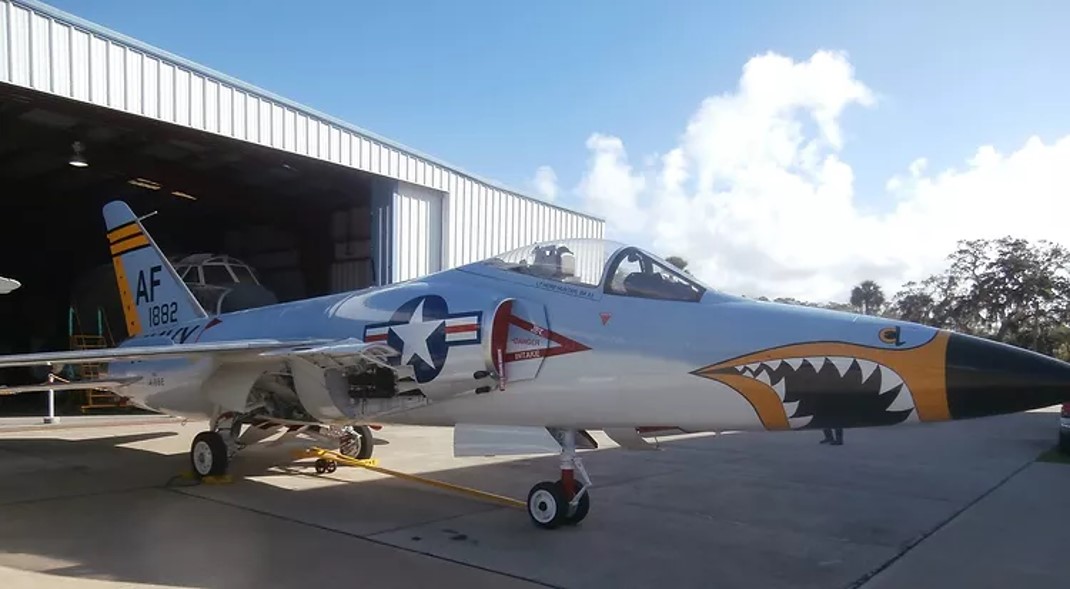T-34C Turbo Mentor
The Beechcraft T-34 Mentor is an American propeller-driven, single-engined, military trainer aircraft derived from the Beechcraft Model 35 Bonanza. The earlier versions of the T-34, dating from around the late 1940s to the 1950s, were piston-engined. These were eventually succeeded by the upgraded T-34C Turbo-Mentor, powered by a turboprop engine. The T-34 remains in service more than six decades after it was first designed. specifications DIMENSIONS AND CAPACITY CREW: 2 SIZE: LENGTH 28 ft 8 1⁄2 in (8.750 m) WINGSPAN 33 ft 3 7⁄8 in (10.157 m) HEIGHT 9 ft 7 in (2.92 m) EMPTY WEIGHT 2,960 lb (1,343 kg) MAX TAKE OFF WEIGHT: 4,300 lb (1,950 kg) (T-34C-1 weapons trainer 5,500 lb (2,500 kg)) PERFORMANCE SPEED: Maximum - 214 kn (246 mph, 396 km/h) at 17,000 ft (5,200 m) (max cruise) SERVICE CEILING: 30,000 ft (9,100 m) RANGE: 708 nmi (815 mi, 1,311 km) at 180 kn (210 mph; 330 km/h) and 20,000 ft (6,100 m) Armament Hardpoints: 4 with a capacity of 600 lb (272 kg) inner,...

 AirDotShow partners with the National Air, Sea and Space Foundation to give back through hosting STEM Education Programs to inspire the next generation to pursue careers in aerospace. AirDotShow also support the NASSF’s Cajun Scholarship founded to honor fallen Thunderbird pilot Stephen “Cajun” Del Bagno
AirDotShow partners with the National Air, Sea and Space Foundation to give back through hosting STEM Education Programs to inspire the next generation to pursue careers in aerospace. AirDotShow also support the NASSF’s Cajun Scholarship founded to honor fallen Thunderbird pilot Stephen “Cajun” Del Bagno










